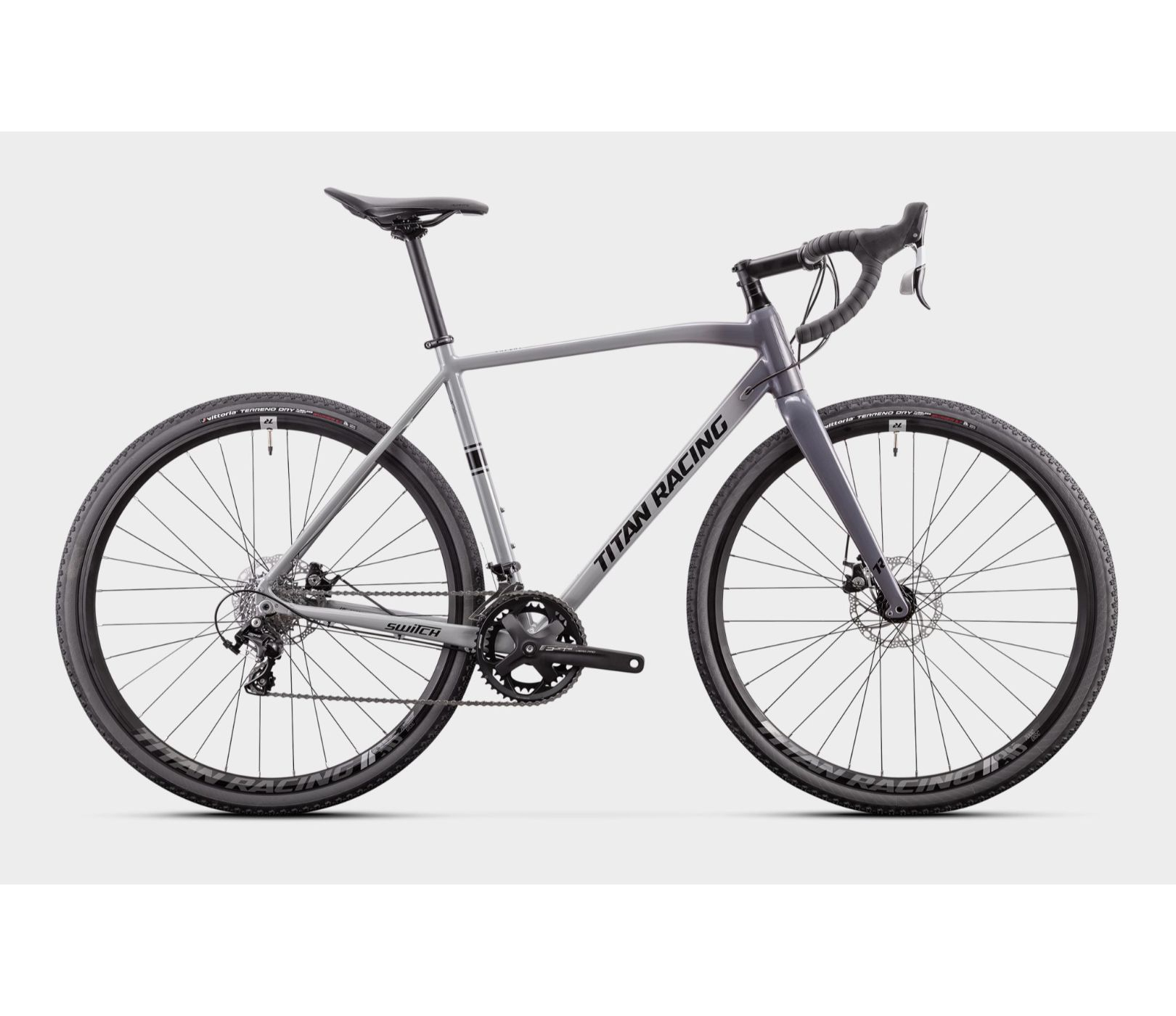
Are you in the market for an affordable and eco-friendly mode of transportation? A second-hand bicycle might be the perfect choice for you. Buying a used bike can save you money, reduce your carbon footprint, and provide a convenient way to get around. In this blog post, we’ll guide you through the process of buying a 2nd hand bicycle for sale, from where to look for one to what to check before making a purchase.
-
Where to Find Second-Hand Bicycles for Sale:
- Online Marketplaces: Websites like Craigslist, Facebook Marketplace, and eBay are excellent places to start your search. They often have a wide variety of options.
- Local Classifieds: Check out local newspapers, community bulletin boards, or online classifieds specific to your area.
- Bicycle Shops: Some bike shops sell refurbished or used bikes. They may offer quality and peace of mind, but they can be pricier.
- Bike Swap Meets and Garage Sales: These events can be gold mines for bike enthusiasts looking for affordable options.
-
Setting Your Budget:
- Determine how much you’re willing to spend on a second-hand bike. Keep in mind that you may need to budget for additional expenses like maintenance and accessories.
-
Research and Prioritize:
- Before you start shopping, research the types of bikes that suit your needs and preferences. Mountain bikes, road bikes, hybrids, and cruisers are just a few options to consider.
- Prioritize features and qualities you want in a bicycle. Make a list of must-haves and nice-to-haves.
-
Inspecting the Bicycle:
- When you find a potential bike, inspect it thoroughly. Look for signs of wear and tear, such as rust, dents, and cracks.
- Check the frame, wheels, brakes, gears, and tires. If you’re not confident in your inspection skills, bring along a knowledgeable friend or have a professional look at the bike.
- Test ride the bicycle to ensure it suits your size and feels comfortable.
-
Negotiating the Price:
- Don’t be afraid to negotiate the price with the seller. Research the market to determine the fair value of the bike, and use that as a reference.
-
Maintenance and Upgrades:
- Budget for any necessary maintenance or upgrades after your purchase. This may include replacing tires, brakes, or gears.
-
Documentation:
- Ask for any documentation the seller may have, such as maintenance records or the bike’s history.
-
Finalizing the Deal:
- Once you’re satisfied with the bicycle’s condition and the price, finalize the deal and get a bill of sale.
Conclusion: Buying a second-hand bicycle can be a great investment in your health, wallet, and the environment. By following these tips, you’ll be well-prepared to find a quality used bike that fits your needs and budget. Enjoy your new (to you) two-wheeled adventure!




